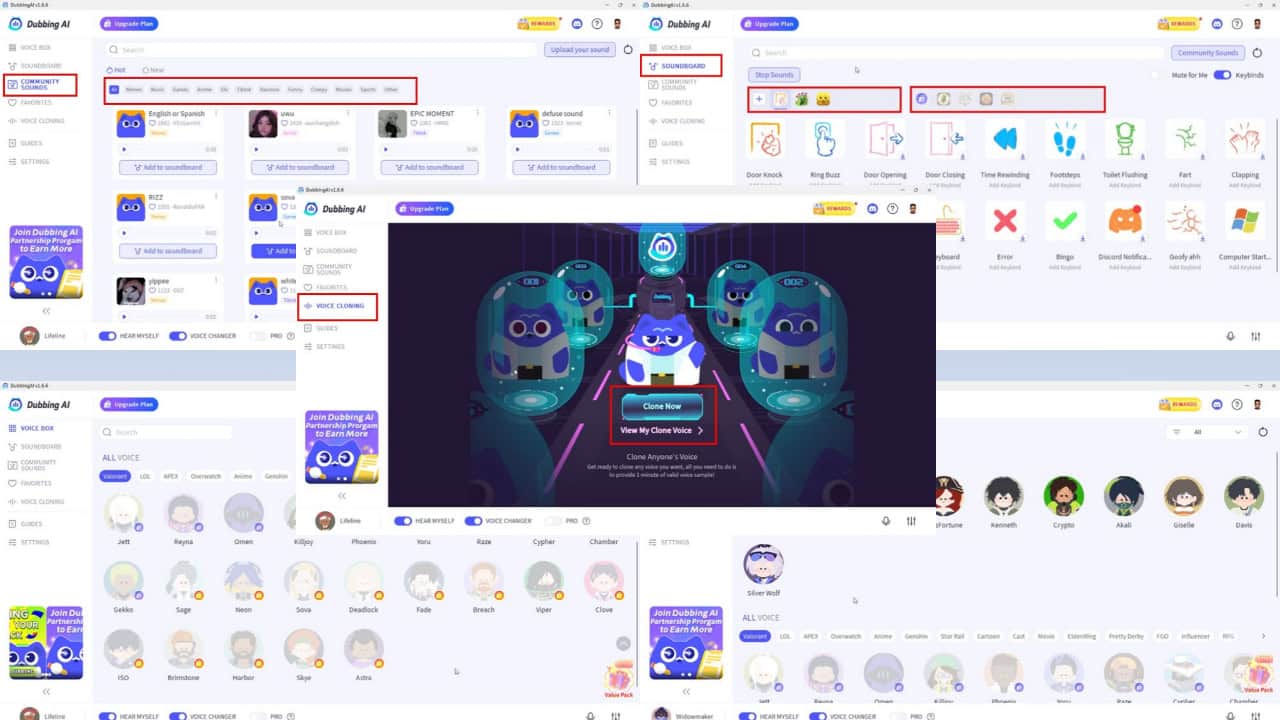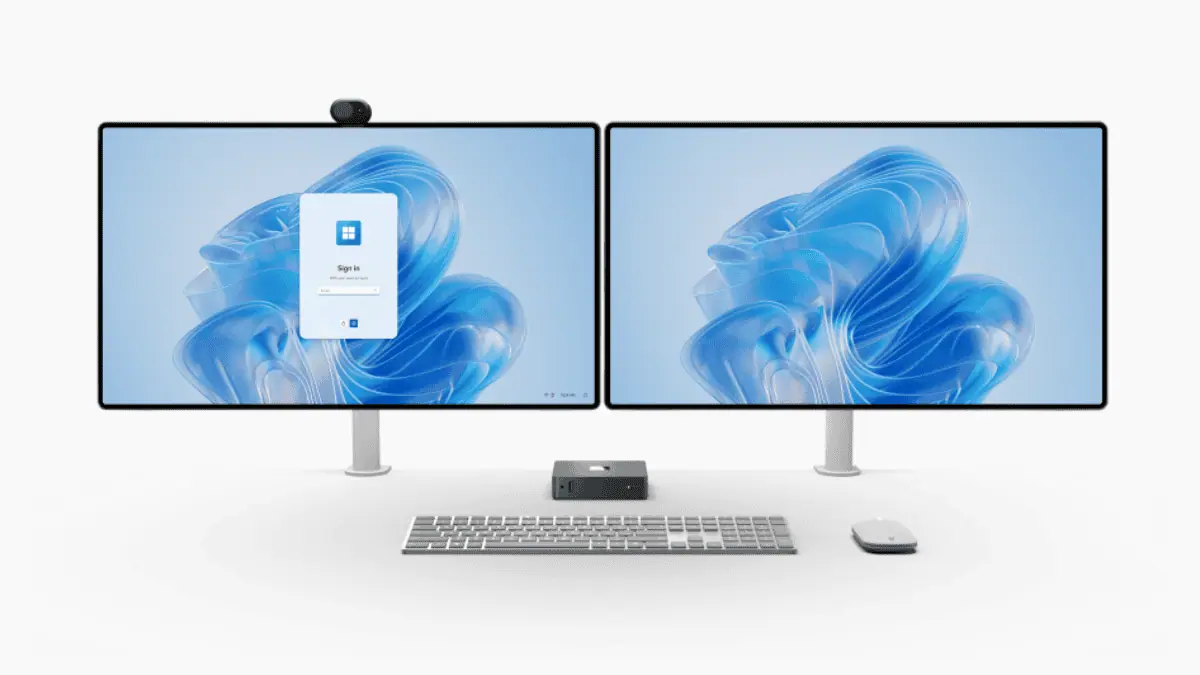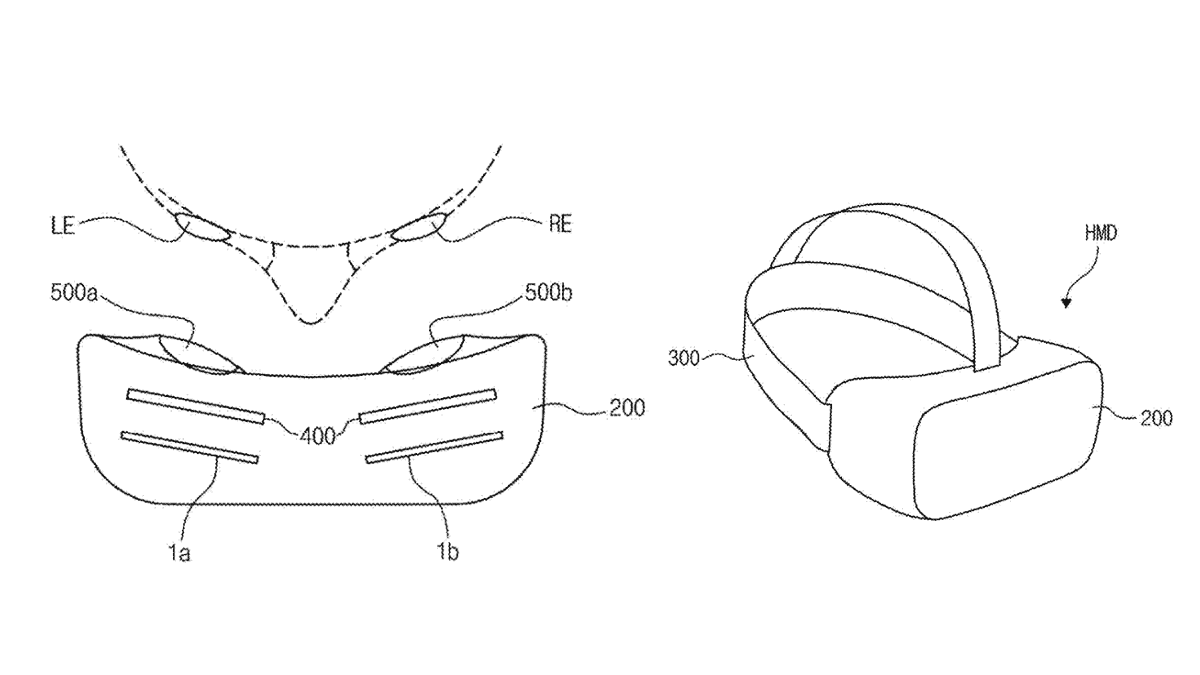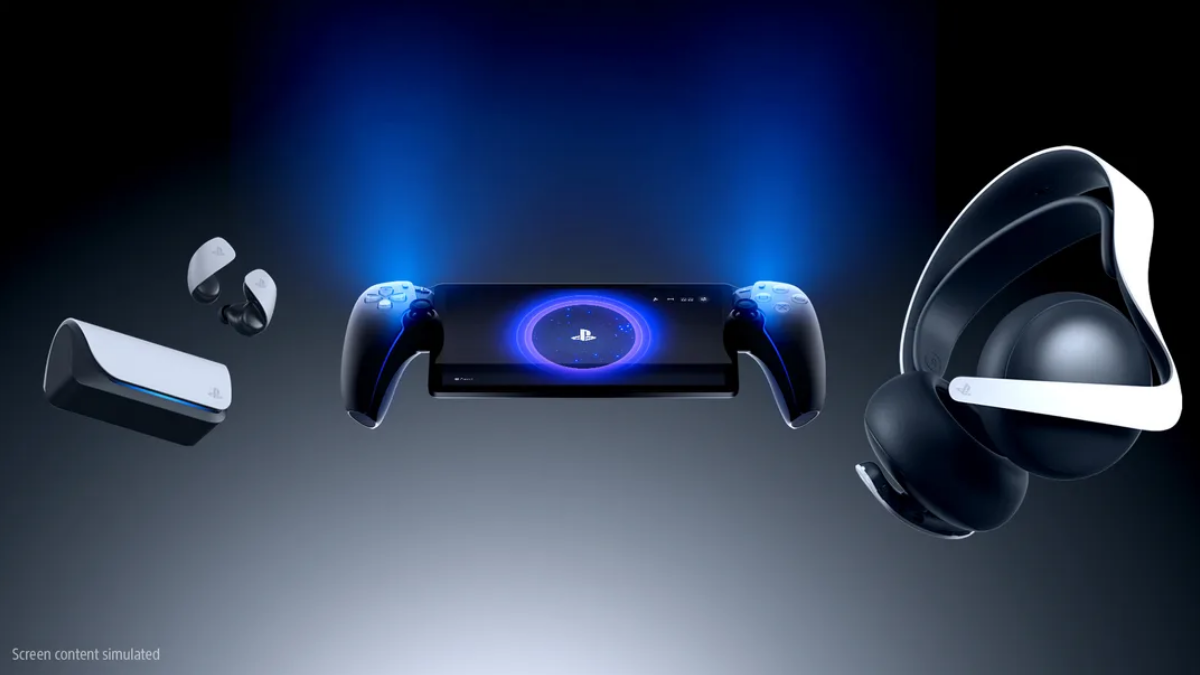Bluetooth 5's improved range shown in impressive demo (video)
3 min. read
Published on
Read our disclosure page to find out how can you help MSPoweruser sustain the editorial team Read more

The Bluetooth SIG recently released the final spec for the new Bluetooth 5 standard to OEMs, and Nordic Semiconductor has been one of the first companies to engineer it in their products.
They have now posted a video demonstrating the much improved range due to the new spec, which gives you up to 4 times the range as the earlier Bluetooth 4.2 spec, using their new nRF52840 SoC part.
The action starts at around the 1 minute mark.
The new spec is backward compatible with all earlier Bluetooth standards but bring a number of new advantages specific to the Bluetooth Low Energy implementation which means high speed data transfer, longer range and less interference, all for the same power usage.
Bluetooth 5 will bring the following new features:
- Increased bandwidth for Bluetooth ® technology with low energy
Bluetooth 5.0 introduces a new capability to increase the bandwidth to 2 Mbps. By doubling the amount of data that devices can transfer, Bluetooth 5.0 reduces the time required for transmitting and receiving data, facilitating rapid and reliable over-the-air firmware updates for mobile devices and fast upload of days’ worth of collected data from a sensor when a mobile device is turned on. - Increased range for low energy enables whole-home, building, or location coverage
Bandwidth can be decreased to achieve up to 4x longer range while maintaining similar power requirements. With quadruple the range over which their devices can transmit and receive data, product designers creating home automation and security solutions can provide coverage of an entire home, building, or locality. The range can be tuned for a variety of environments. Not every application requires the same range, speed or broadcasting capability. Bluetooth 5.0 provides the flexibility for a developer to make the best choice for their implementation. - Broadcasting channel improvements power the beacon revolution
More efficient use of broadcasting channels on the increasingly crowded 2.4 Ghz band, with less broadcast time required for completion of tasks, opens the way for richer connectionless, beacon-based Bluetooth solutions. These broadcasting channel improvements will enable developers to create experience-based apps that can bridge the physical and virtual worlds. Advertising extensions in Bluetooth 5.0 provide the capability to offload advertising data from the 3 traditional advertising channels to the full set of data channels for more frequency diversity. A larger data packet of up to 255 octets enables new threshold features such as asset tracking while maintaining backward compatibility with products developed for an earlier Bluetooth specification. - Slot availability masks detect and prevent interference on neighboring bands
For mobile phone developers creating the next generation of devices, slot availability masks can be used to detect interference on neighboring bands and automatically prevent the interference. A Bluetooth 5.0 device can indicate transmission and reception availability of its slots when working with Mobile Wireless Standard (MWS) systems.
The advantage will mainly be seen in Internet of Things devices, which should mean longer battery life for fitness bands, location trackers and smart home sensors.
Bluetooth 5 devices should start reaching the market in early 2017.
Read more about the new technology at the Bluetooth SIG here and Nordic Semiconductor here.










User forum
0 messages